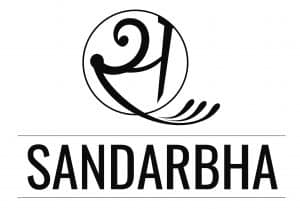Class 6 Ch 3 Society & Polity
- Every country needs a government to make decisions and get things done.
- The government has the powers to make and enforce its decisions.
- The decisions can vary from:
- Building roads and schools.
- Reducing the prices of consumer goods when they become expensive.
- Ways to increase the supply of basic services like electricity, food, and healthcare.
- Running several social programs to help the poor.
- Running postal and railway services.
- Protecting the boundaries of the country and maintaining peaceful relations with other countries.
- Providing aid and assistance to the victims of natural calamities. And much more.
Also Read: Indian Coast Guard
- The government makes laws and everyone living in the country has to follow them.
- Besides, there are also steps that people can take if they feel that a particular law is not being followed.
- For example, if a person feels that he was not hired for a job because of his caste or religion, he may approach the court against the government. The court can then order necessary action.
- The government works at different levels:
- At the local level.
- At the level of the state.
- At the national level.
Who gives the government the power to make decisions and enforce laws?
- It depends on the type of government a country has.
- In a democracy, people elect the government through elections. The government so formed has to explain its actions and defend its decisions to the people.
- In the case of a monarchy, the monarch or the king has the power to make decisions and run the government. He has the final decision-making power.
- The King or Queen do not have to explain or defend their actions and decisions.
Also Read: All you need to know about China’s OBOR project.
Democratic governments
- India is a democracy.
- In a democracy, the people have the power to elect their leaders. The basic idea is that people rule themselves by participating in the making of these rules.
- Democratic governments are usually referred to as representative democracies. In this case, people do not directly participate but choose their representatives through an election process.
- In India, before independence, only a small minority (only wealthy and educated men) was allowed to vote which determined the fate of the majority.
- Several people, including Gandhiji, were shocked at the unfairness of this practice and demanded that all adults have the right to vote.
- A democratic government has to follow universal adult franchise. This means that all adults in the country are allowed to vote in the election process.
Also Read: SMART CITY MISSION (Part-2)
The Suffrage Movement
- Nowhere in the world have governments willingly shared power.
- All over Europe and USA, women and the poor have had to fight for participation in the government.
- Women’s struggle to vote got strengthened during the First World War. This movement is called the women’s suffrage movement as the term suffrage usually means the right to vote.
- During the war, many men were aware fighting, and because of this women were called upon to do work that was earlier considered men’s work.
- Many women began organizing and managing different kinds of work.
- When people saw this they began to wonder why they had created so many unfair stereotypes about women and what they were capable of doing.
- So women began to be seen as being equally capable of making decisions.
- The suffragettes demanded the right to vote for all women and to get their demands heard they chained themselves to railings in public places.
- Many suffragettes were imprisoned and went on hunger strikes, and they had to be fed by force.
- American women got the right to vote in 1920 while women in the UK got this right in 1928.
Note: Want to share this story with someone? Just click on the icons below.











